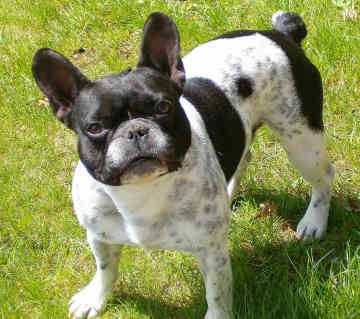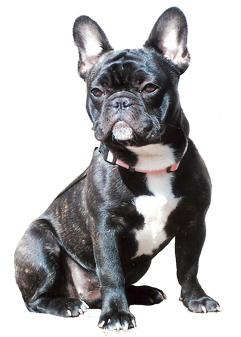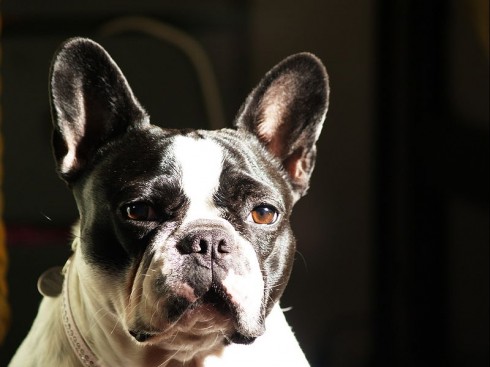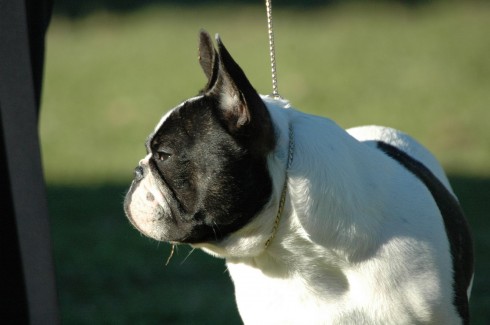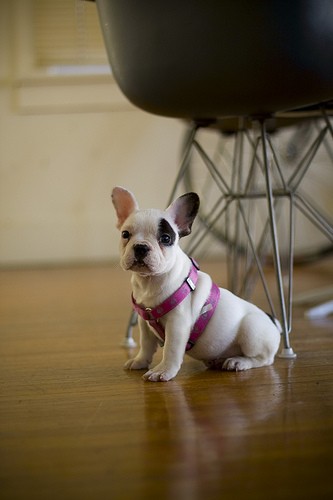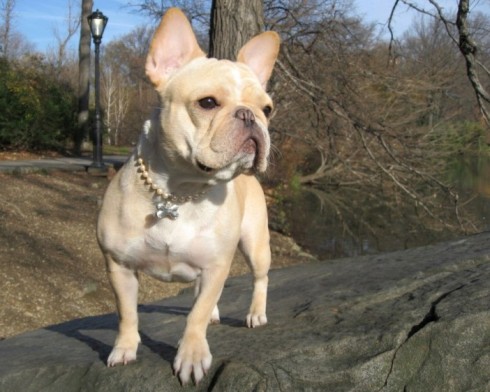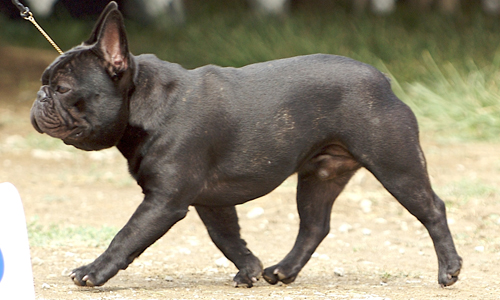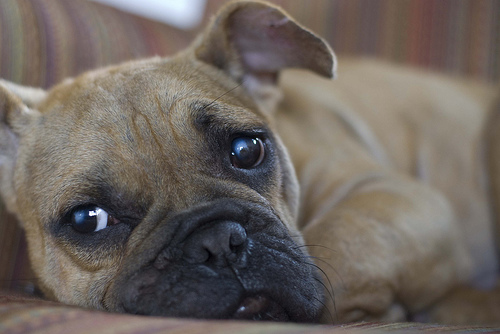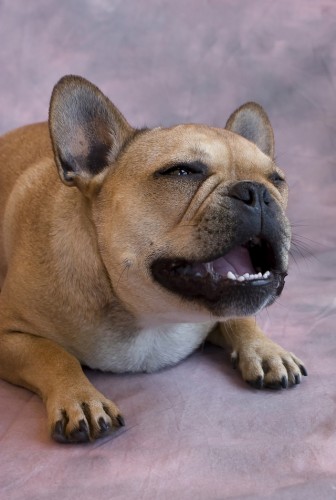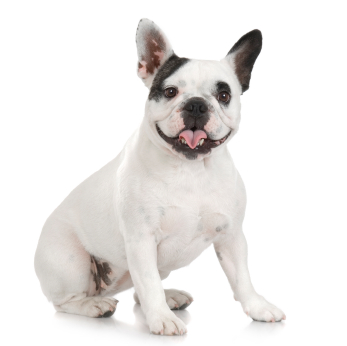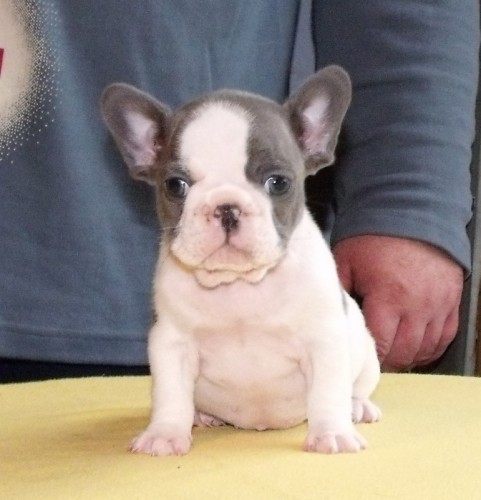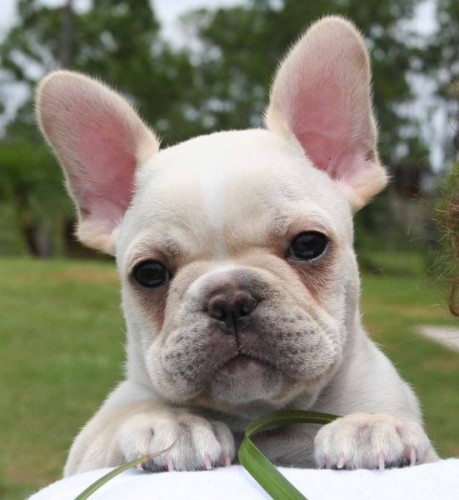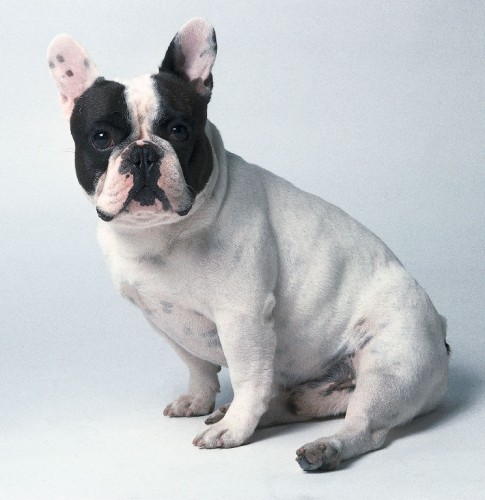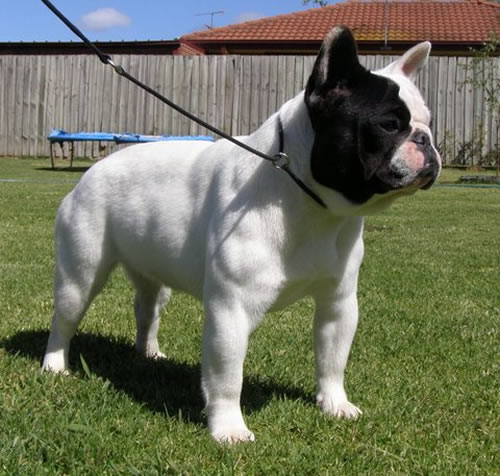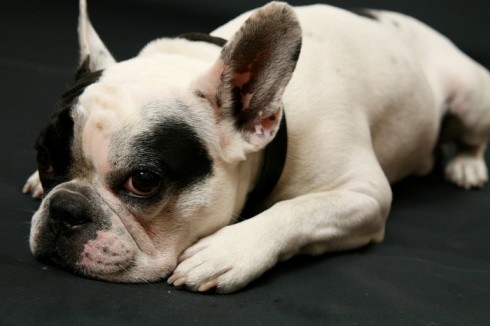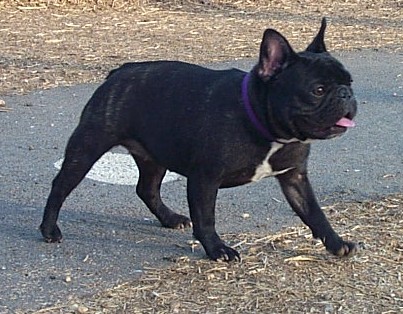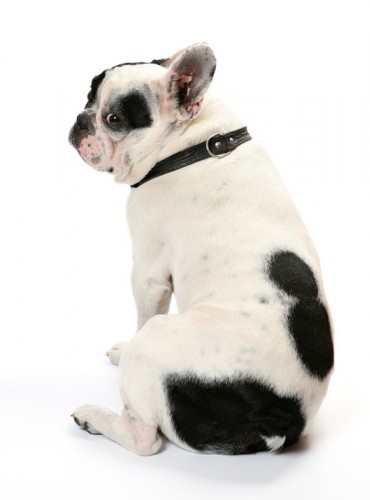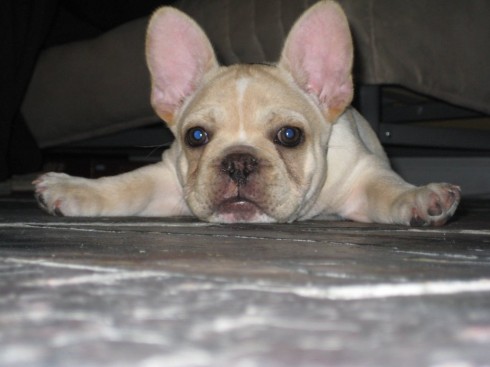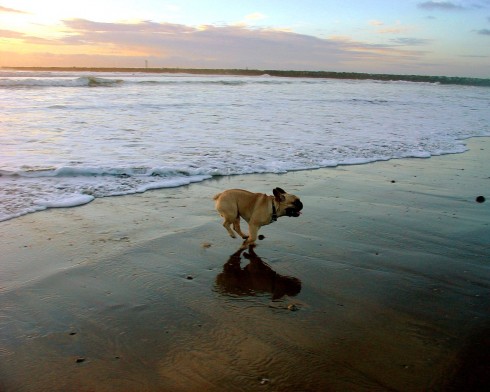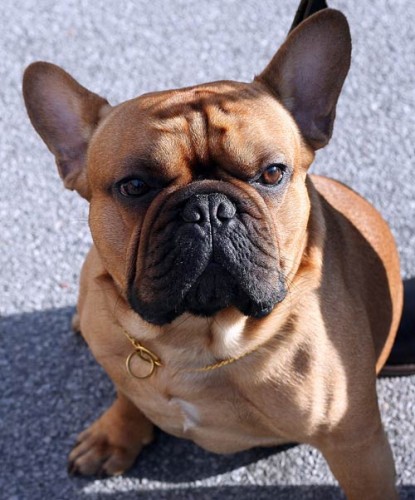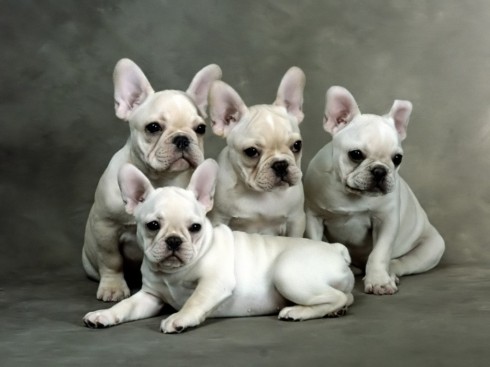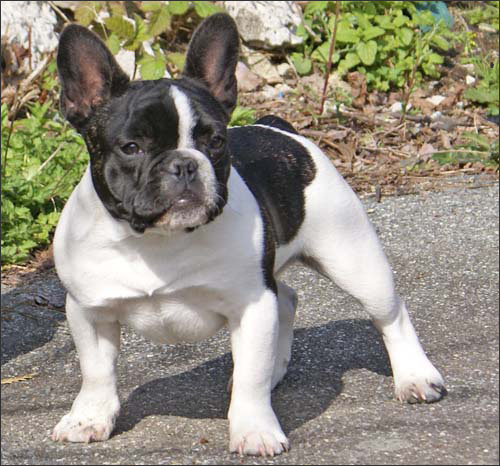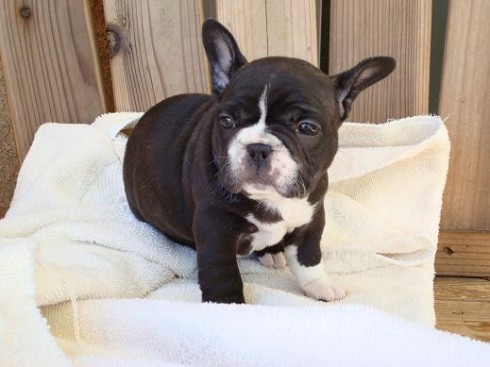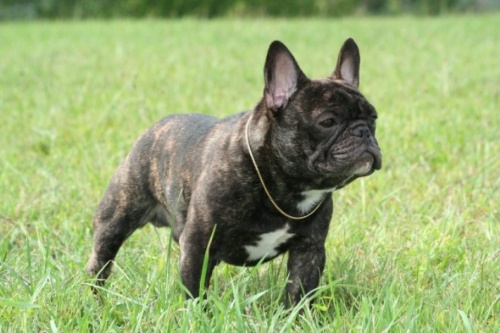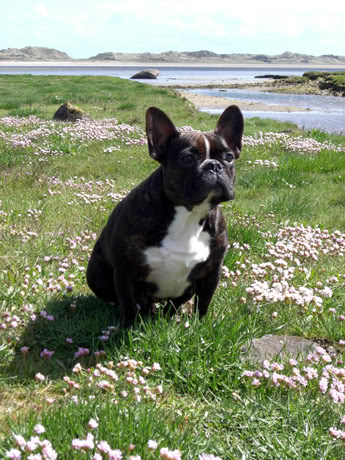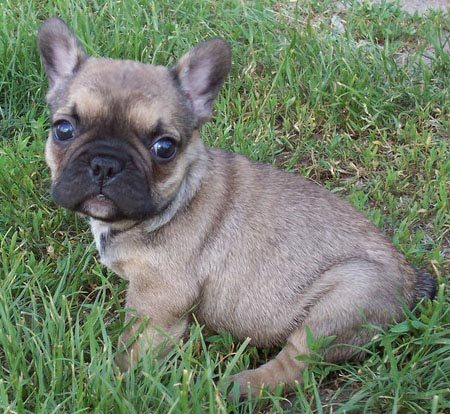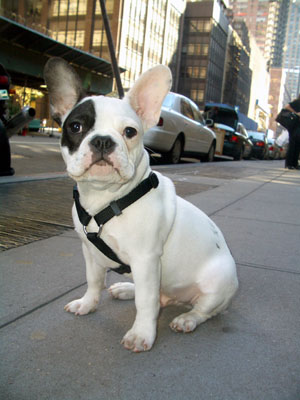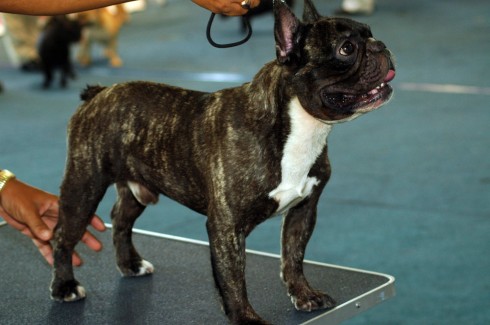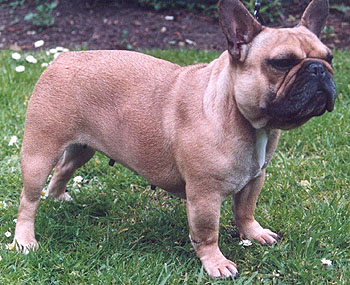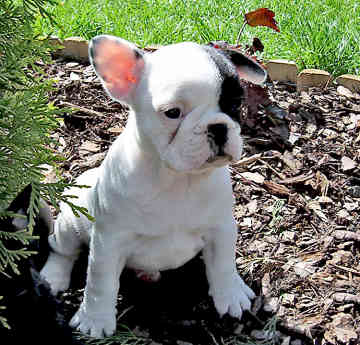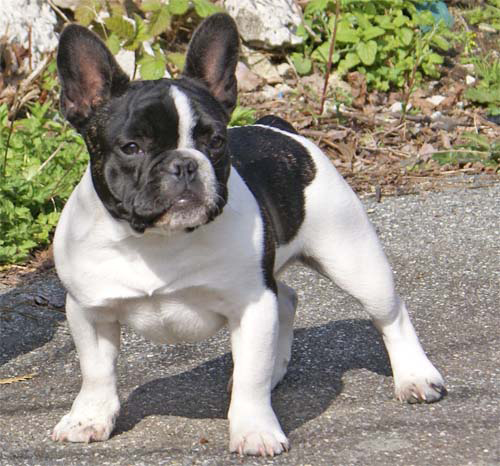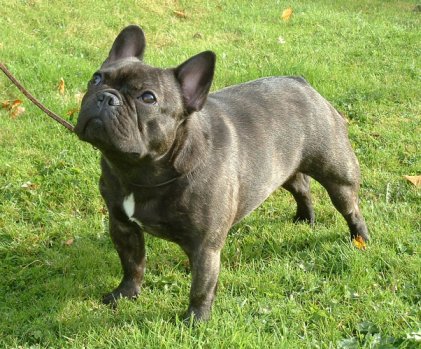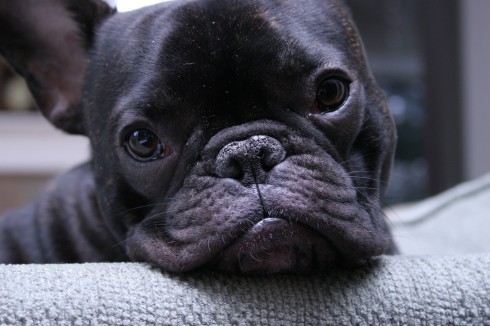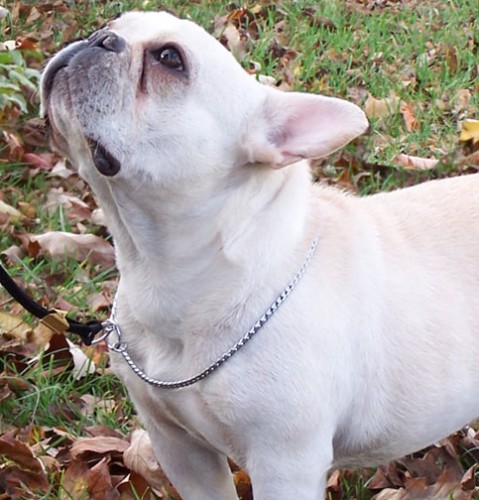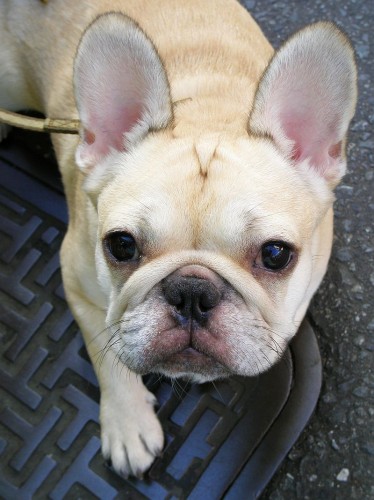Main Index
In Store
Our Web Store
Miniature Schnauzer Picture Gallery
Latest Dog Blogs
- What Are The Basic Commands To Train A Dog?
- PaySafe As The Most Popular Type Of Deposit
- Everything You Need To Know About Pet Sales
- Dogs Contribute To Our Physical And Mental Well Being
- How To Choose Where To Bet On Greyhounds In 2022
- Volunteer With Animals - How To Help Dogs Around The World
- Basic Understanding Of The House Edge
- Why You Should Get A Dog
- Top 20 Popular Dog Names Around The World
- Constipation in Dogs and How to Find Solutions
French Bulldog
French Bulldog Picture Gallery
French Bulldog Clubs/Associations
The Full French Bulldog Description
The French Bulldog is a mild-tempered companion dog looking for friendship with people and animals alike. Sturdy and muscular, he enjoys playing with children, but sometimes favors the company of one special person. He is a clean dog. His short coat requires only weekly brushing. Although he is an excellent watchdog, he doesn't bark without a cause.
Did you know?
The two distinctive features of the French Bulldog are the bat ears and the skull which is flat between the ears.
French Bulldogs are bred primarily as pets. However, they do make good watch dogs.
" Before you decide to own and care for a French Bulldog here's a guide on the French Bulldog temperament. The preservation of the bat ear as a distinct feature has been due to the persistent efforts of American breeders, since in the early days of breeding these dogs in Europe the tendency was toward the rose ear. Had this movement not been opposed by America, the breed would eventually have lost the feature that so strongly accentuates its individuality, and the result would have been practically a miniature English Bulldog.
So you want to own a French Bulldog?
The French Bulldog's coat is smooth and short and easy to keep clean.
The French Bulldog is happy in any loving environment. They are house dogs whose niche in life is to be an adored pet.
While principally bred to be companions, the French Bulldog is remarkably intelligent and serves as a good watchdog.
Indicative Breed Standard
General Appearance
Sturdy, compact, solid, small dog with good bone, short, smooth coat. No point exaggerated, balance essential.
Characteristics
Full of courage, yet with clown-like qualities. Bat ears and short undocked tail essential features of the breed.
Temperament
Vivacious, deeply affectionate, intelligent.
Head and Skull
Head square, large and broad but in proportion to dog’s size. Skull nearly flat between ears, domed forehead, loose skin forming symmetrical wrinkles. Muzzle broad, deep and set well back, muscles of cheeks well developed; nose and lips black. Stop well defined. Lower jaw deep, square, broad, slightly undershot and well turned up. Nose extremely short, black and wide, with open nostrils and line between well defined. Lips thick, meeting each other in centre, completely hiding teeth. Upper lip covers lower on each side with plenty of cushion, never so exaggerated as to hang too much below level of lower jaw.
Eyes
Preferably dark and matching. Moderate size, round, neither sunken nor prominent, showing no white when looking straight forward; set wide apart and low down in skull.
Ears
’Bat ears‘, of medium size, wide at base, rounded at top; set high, carried upright and parallel, a sufficient width of skull preventing them being too close together; skin soft and fine, orifice as seen from the front, showing entirely.
Mouth
Slightly undershot. Teeth sound and regular, but not visible when the mouth is closed. Tongue must not protrude.
Neck
Powerful, with loose skin at throat, but not exaggerated. Well arched and thick, but not too short.
Forequarters
Legs set wide apart, straight boned, strong, muscular and short.
Body
Short, cobby, muscular and well rounded with deep wide brisket; roach back; strong; wide at shoulders and narrowing at loins; good ‘cut up’, ribs well sprung.
Hindquarters
Legs strong, muscular and longer than forelegs thus raising loins above shoulders. Hocks well let down.
Feet
Small, compact and placed in continuation of line of leg, with absolutely sound pasterns. Hind feet rather longer than the fore-feet. Toes compact; well knuckled; nails short, thick and preferably black.
Tail
Undocked, very short, set low, thick at root, tapering quickly towards tip, either straight or kinked, never curling over back nor carried gaily.
Gait/Movement
Free and flowing.
Coat
Texture fine, smooth, lustrous, short and close.
Colour
Brindle, pied or fawn. Tan, mouse and grey/blue highly undesirable.
Brindle: a mixture of black and coloured hairs. May contain white provided brindle predominates.
Pied: white predominates over brindle. Whites are classified with pieds for show purposes; but their eyelashes and eye rims should be black. In pieds the white should be clear with definite brindle patches and no ticking or black spots.
Fawn: may contain brindle hairs but must have black eye lashes and eye rims.
Size
Ideal weight: dogs: 12.5 kgs (28 lbs); bitches: 11 kgs (24 lbs). Soundness not to be sacrificed to smallness.
About Our Article Directory
- Article
- 27 November 2010
- 2 comments
Canis lupus familiaris
- Breed Article
- 29 May 2010
- No comments
Quick Search
Donate
Latest Dog Pods
- Tips on How to Stop Your Dog from Biting
- Beware - Not All Advertised Dog Rescues Really Are! How Can You Know The Truth?
- Helpful Tips For Dog Obedience Problems
- How to Keep Dogs From Eating Poop
- Dog Grooming Tips - A General Overview of the Very Basics of Dog Grooming
- Recognising Different Types of Dog Obedience Problems
- 5 Important Tips On Feeding A Puppy


